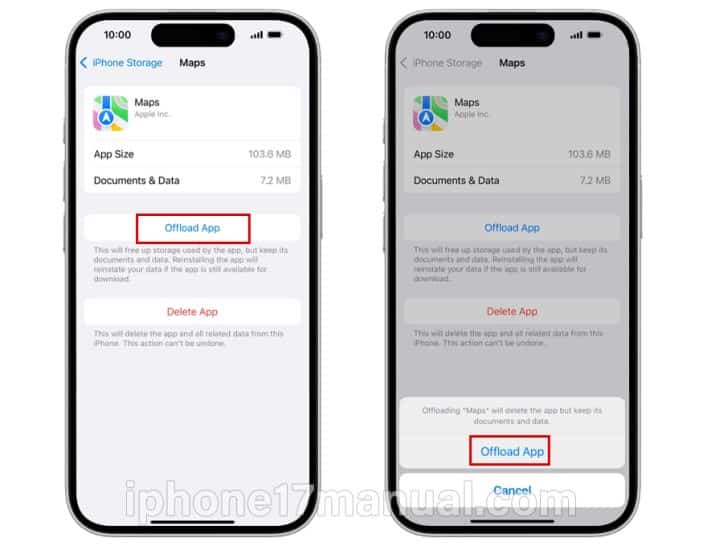Clearing your browser cache on the iPhone 17 is a simple yet powerful way to keep your device speedy, secure, and frustration-free. Understanding clear browser cache on your iPhone 17 will help you enjoy a smoother browsing experience.
How to Clear Cache in Safari on iPhone 17
Safari remains the default browser for many iPhone users, and Apple has made cache clearing very straightforward:
- Open the Safari app on your iPhone.
- Scroll down and tap Clear History and Website Data.
- Choose a timeframe to clear: Last hour, Today, Today and Yesterday, or All history.
- (Optional) Select a specific Safari profile if you have multiple profiles, or choose All Profiles.
- Enable Close All Tabs if you wish to close open tabs within your selected timeframe.
- Tap Clear History, then confirm when prompted.
Clearing Safari’s cache will delete cookies and history but won’t remove saved autofill information or passwords. Note that you’ll need to sign in again to websites on your next visit.
How to Clear Cache in Chrome on iPhone 17
If Chrome is your browser of choice, it, too, can hoard data. Here’s how to clear its cache:
- Open the Chrome app on your iPhone.
- Tap the three-dot menu at the bottom right.
- Tap Privacy and security.
- Select Delete browsing data at the page.
- Choose a time range (such as Last hour, Last 24 hours, or All time for a thorough clean).
- Select the types of data to delete, making sure Cached Images and Files are checked.
- Tap Deleta Data, then confirm.
This process won’t close your currently open tabs, but you’ll be logged out of websites and may see pages refresh as you revisit them.
Tips for Efficient Cache Management
- For third-party apps, you can sometimes clear the cache by going to Settings → General → iPhone Storage, then tapping on the app and using “Offload App” to clear non-essential data.
- Clearing cache is especially helpful before installing major iOS updates or if your device feels slow.
- Privacy-conscious users should make cache clearing a regular habit, particularly after visiting sensitive sites.
Why Clearing the Cache Matters
Over time, browsers like Safari and Chrome on your iPhone store bits of website data—images, scripts, and cookies—so pages load faster in the future.
While this is convenient, excessive cache buildup can slow your device, cause websites to malfunction, or create privacy concerns by keeping too much old data.
Regular cache clearing helps reclaim valuable storage space and ensures the browser functions optimally.
How often should I clear the browser cache on iPhone 17 for best performance?
For best performance, clearing the browser cache on an iPhone 17 about once a month is generally recommended for most users.
Those who browse heavily, open many tabs, or frequently shop or log in to various accounts may benefit from clearing their cache as often as every two weeks.
Clearing the cache is especially helpful whenever the browser feels slow, websites misbehave, or before major software updates.
Recommended Frequency
- Light to Moderate Browsing: Once every 1–2 months to avoid unnecessary buildup and maintain speed.
- Heavy Browsing or Privacy Focus: Every 2 weeks, or more often if visiting lots of sites or handling private information.
- When Issues Arise: Anytime the browser becomes sluggish or displays outdated/corrupted pages—immediate clearing can help.
Why Regular Clearing Helps
- Prevents large cache files from slowing performance.
- Keeps browsing data and trackers minimized for privacy.
- Reduces the chance of seeing old/incomplete website content.
A monthly habit works well for most people, while power users might clear their cache even more frequently for consistently fast and secure browsing on their iPhone 17.Keeping your
iPhone 17’s browser cache in check is an easy, effective way to promote privacy, speed, and overall device wellness. Whether sticking with Safari or preferring Chrome, following a few simple steps ensures a cleaner, quicker, and more pleasant browsing experience every day.




2 thoughts on “How to clear browser cache on your iPhone 17 to unlock better performance”